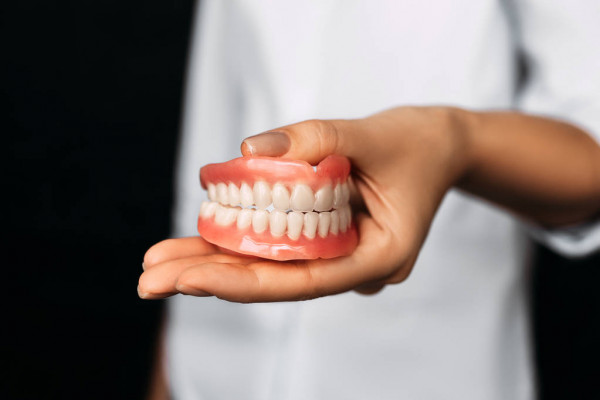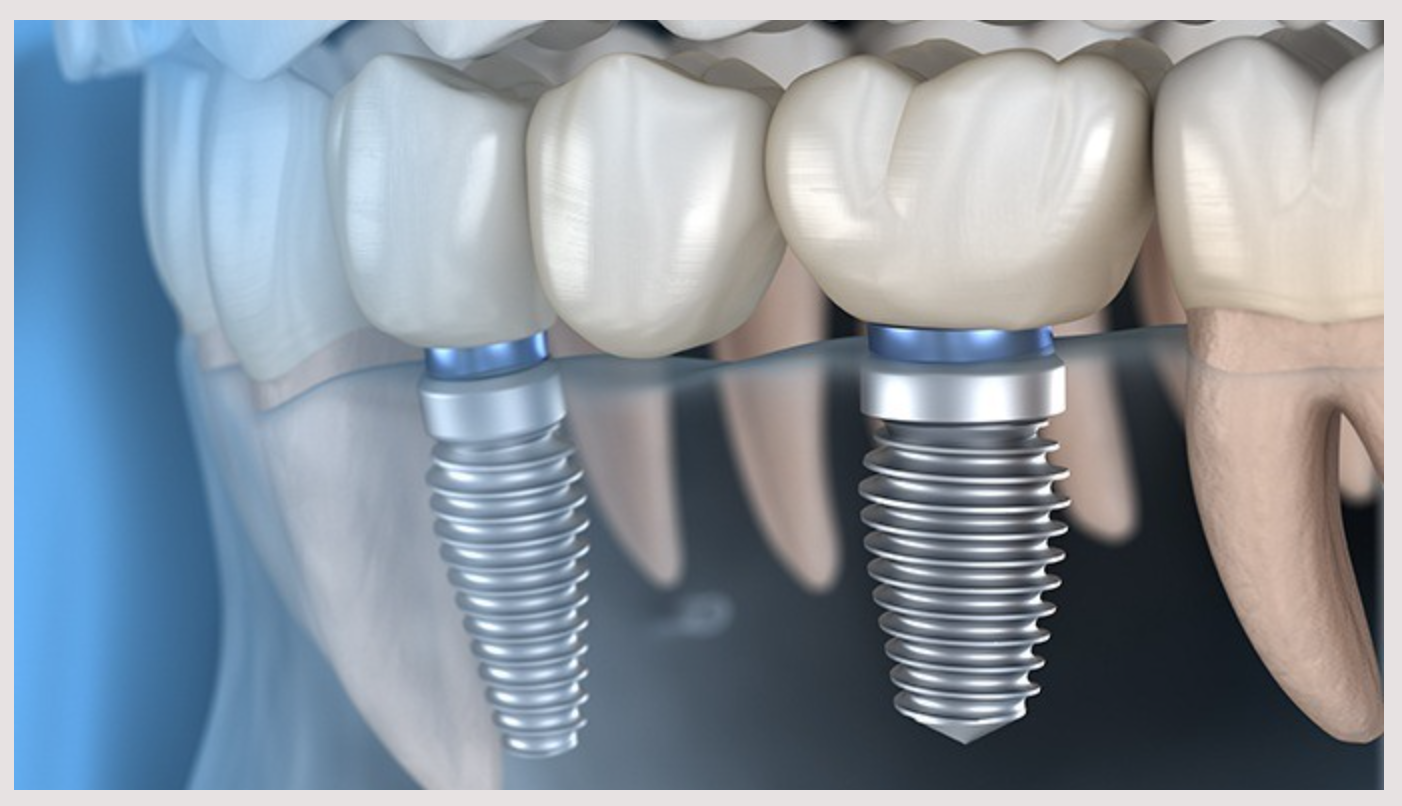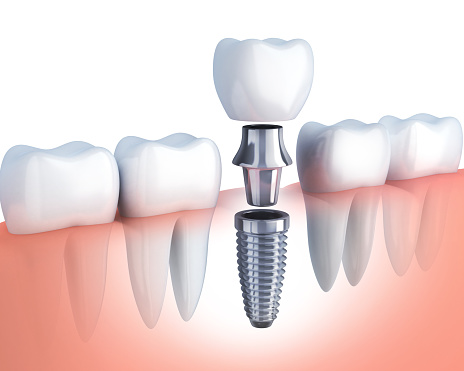
Dentures
When most or all your natural teeth have been lost, dentures provide many benefits:
- Restore your self-esteem
- Regain your eating ability
- Aid speaking ability
- Give support back to the lips and cheeks (giving you a natural and younger appearance).
A Complete Denture is placed in the patient’s mouth after all the teeth have been extracted and the gum tissue has healed. Healing takes anywhere from a few weeks to a few months, depending upon the patient.
Show allWhen most or all your natural teeth have been lost, dentures provide many benefits:
- Restore your self-esteem
- Regain your eating ability
- Aid speaking ability
- Give support back to the lips and cheeks (giving you a natural and younger appearance).
A Complete Denture is placed in the patient’s mouth after all the teeth have been extracted and the gum tissue has healed. Healing takes anywhere from a few weeks to a few months, depending upon the patient.
An Overdenture usually requires that at least 2 roots be kept. These roots may be used to hold the denture in place by placing inserts in the roots and in the denture. The denture then attaches to the roots. These roots also give support to the denture and help retain the ridge the denture sits on.
An Implant-Retained Denture is similar to an Overdenture, but uses implants as anchors.
An Immediate Denture is placed the same day the teeth are extracted. The advantage to an Immediate Denture is that the patient does not have to be without teeth during the healing period.
Show less

Implants
What are Dental Implants?
Dental Implants have been used successfully for many years. The implant itself is a post that is surgically placed in the jaw. A prosthesis (artificial tooth or teeth) is then attached to the post. Dental implants involve co-operation between a specialist and our office. The surgical phase of treatment is completed by the specialist, and the restorative phase is completed at our office.
Show allWhat are Dental Implants?
Dental Implants have been used successfully for many years. The implant itself is a post that is surgically placed in the jaw. A prosthesis (artificial tooth or teeth) is then attached to the post. Dental implants involve co-operation between a specialist and our office. The surgical phase of treatment is completed by the specialist, and the restorative phase is completed at our office.
What are Dental Implants Used For?
There are two basic uses for Dental Implants:
- As an artificial root for a single tooth replacement.
- As anchors for a fixed or removable prosthesis to replace multiple teeth.
What Are the Benefits of Dental Implants?
Implants allow the replacement of a single or multiple teeth without relying on any adjacent tooth for strength or support. Implants are generally considered as an alternative to Dentures, Partials, or Bridges. One important benefit of implants when used for Implant-Retained Dentures is that they slow the shrinking of bone and gum tissue under the denture.
- Of Americans between the ages of 18 and 64, approximately 49% are missing at least one tooth.
- Dental implants are the most advanced tooth replacement system ever devised.
- More than nine out of ten implants last longer than 15 years.
- Dental implants never develop decay.
- Dental implants never require root canals.
- Dental implants preserve the jawbone, which can prevent premature ageing.
- No one can be disqualified for implant treatment solely because of their age — some patients receive implant treatment when they are in their nineties!
How Are Dental Implants Placed?

Step one:

Step two:

Step three:
Restorative Phase:

Step one:

Step two:

Step three:

Mini Dental Implants
MINI Dental Implants
Mini Dental ImplantsThe MDI System consists of a miniature titanium implant that acts like the root of your tooth and a retaining fixture that is incorporated into the base of your denture. The head of the implant is shaped like a ball and the retaining fixture acts like a socket that contains a rubber O-ring. The O-ring snaps over the ball when the denture is seated and holds the denture at a predetermined leve of force. Mini Dental Implants represent one of the fastest growing segments of the dental product industry.
Show allMINI Dental Implants
Mini Dental ImplantsThe MDI System consists of a miniature titanium implant that acts like the root of your tooth and a retaining fixture that is incorporated into the base of your denture. The head of the implant is shaped like a ball and the retaining fixture acts like a socket that contains a rubber O-ring. The O-ring snaps over the ball when the denture is seated and holds the denture at a predetermined leve of force. Mini Dental Implants represent one of the fastest growing segments of the dental product industry.
For more information regarding Mini Dental Implants, contact our office.
Show less
Partials
A Partial Denture or “removable bridge” replaces one or more missing teeth, but there must be teeth remaining for the partial to attach to. Unlike a Fixed Bridge, a partial is removable. A partial will prevent other teeth from shifting, preserving your remaining teeth.
Show allA Partial Denture or “removable bridge” replaces one or more missing teeth, but there must be teeth remaining for the partial to attach to. Unlike a Fixed Bridge, a partial is removable. A partial will prevent other teeth from shifting, preserving your remaining teeth.
Dr. Loar will evaluate your condition and needs to help you determine the option that is best for you.
Testimonial
“My new dentures are by far the best fitting of any of my previous dentures.” – Geneva
Show less

